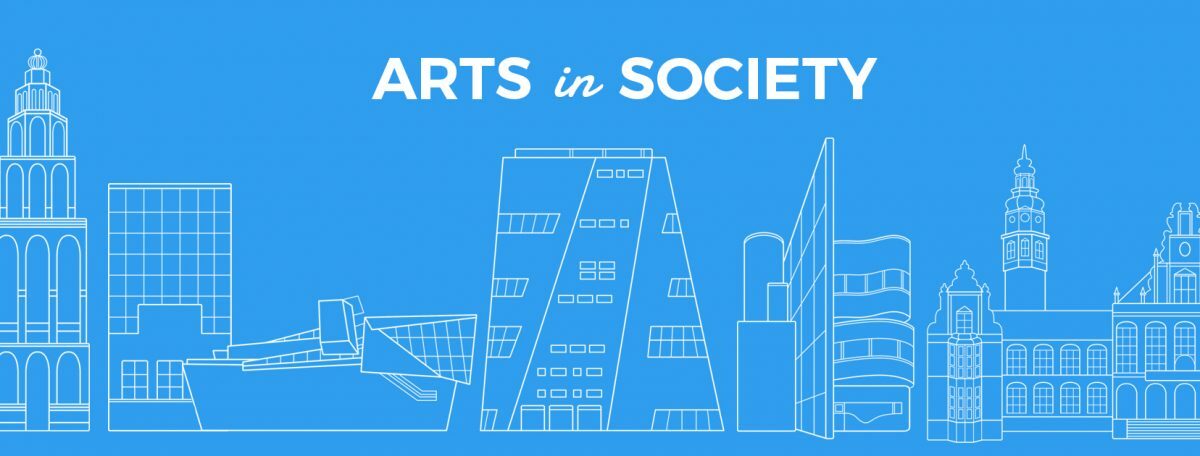by Daphne Verberg
How do you exhibit a prayer nut (a micro-carving the size of – you guessed it – a nut!) in the daily hustle and bustle of the Rijksmuseum? And how do you display fashion design whose tactility makes visitors want to reach out and touch it, although they are not allowed to? Or what are art lovers looking for when they gaze at a masterpiece? Do they want to know the personal stories of Marten en Oopjen or are they trying to comprehend the virtuosity of Rembrandt?
Last summer I participated in the summer school “The Knowledge of the Curator,” a week in which people from various countries, disciplines and interests came together to learn more about the knowledge of the curator. The versatility of both the participants and the lecturers resulted in a week filled with interesting discussions, conversations and clarifying ambitions. The week best compares to a pressure-cooker: a dense program full of lectures, museum visits (even the depot of GM), a conversation with an artist about her ongoing performance, private tours through the Rijksmuseum and discussions about hypothetical curatorial challenges.
The summer school, which came about in collaboration with t he Groninger Museum, touched upon many curatorial problems that only come to the surface when different art genres are part of the same institution, as is the case in the Groninger Museum. From fashion design to German painting and archaeological findings from the countryside of Groningen: every object tells its own story, but how much of this story do you take into account when making an exhibition?
he Groninger Museum, touched upon many curatorial problems that only come to the surface when different art genres are part of the same institution, as is the case in the Groninger Museum. From fashion design to German painting and archaeological findings from the countryside of Groningen: every object tells its own story, but how much of this story do you take into account when making an exhibition?
This question seemed particularly pertinent during an assignment in the depots of the Groninger Museum. Objects that were picked randomly by the current curators of the Groninger Museum had to be combined into an exiting exhibition. How do you combine these objects? On what characteristics do you base your exhibition? And how much of the individual story that each object tells is important? An impossible task, because an ancient axe from 3000 BC and a contemporary design-ventilator simply do not combine well.

I was walking around like a sponge, trying to suck up the expertise from both the lecturers and participants. Everyone, I feel, had a chance to cooperate and learn from one another. The differences between the participants created a situation in which everybody was equally engaged, encouraged and challenged. The summer school proved to be a unique opportunity to get a behind-the-scenes impression of how the art practice functions both inside and outside the academic walls. I warmly recommend the summer school for everybody interested in the profession of curator.


You must be logged in to post a comment.